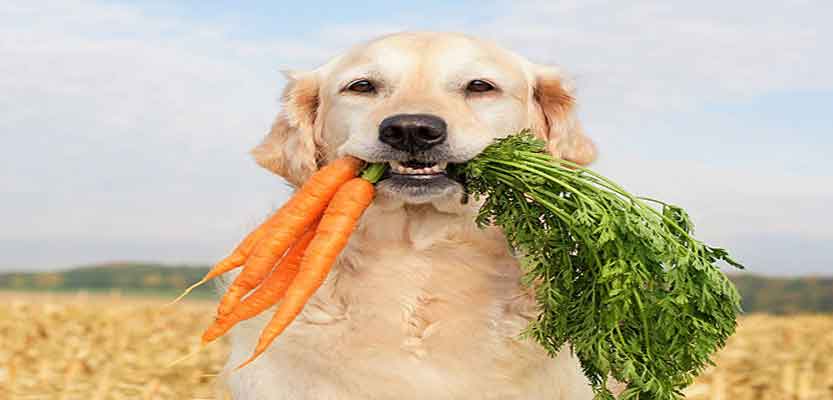
It may not have occurred to you yet, but our canine companions experience the same weight problems as people. You should make the same dietary decisions for your pet’s diet as you do for yourself and your family.
Multiple health conditions, such as arthritis, high blood pressure, and diabetes, are prevalent in obese animals. Losing weight may be difficult, but getting in shape can add years to your pet’s life and make those years more valuable.
Here are some suggestions for managing your pet’s diet when he or she needs to lose weight:
Portion Control
Knowing the precise amount to feed your overweight pet is essential for success. Typically, pet food companies provide this information on labels and sometimes on their websites as charts.
However, you should not rely on all of these claims. You must consider various variables, including the size of your dog. Consult your veterinarian regarding the quantity and frequency of your dog’s meals.
Diet
Once you’ve determined that your pet needs to lose weight, you should evaluate their daily diet. A nutritious and well-balanced diet is essential for your pet’s overall health. However, determining the optimal diet for your pet can be difficult.
Many commercial pet food companies offer weight-loss diets; however, you should always check the food labels to ensure that they contain enough nutrients. You must ensure that your pet has adequate vitamin and mineral content.
Also, be mindful of the amount of food you feed your pet. Keep in mind that the quantity of food that works for one breed may not work for another. Instead of allowing your pet to eat at will, portion control can aid in weight loss. You can reduce your pet’s food intake by 15 to 20 percent for six to eight weeks and then evaluate the results.
Some pet owners prefer cooking their pet’s food themselves in order to provide a realistic and well-balanced diet. You can also find recipes tailored to your pet’s needs in various online resources.
You may also consult a veterinary nutritionist for expert guidance on how to assist your pet in achieving optimal health.
Stay Firm
When you reduce your pet’s food intake, they will whine and cry for more food if they are accustomed to eating daily. They may also follow you to the kitchen in search of food.
Yes, you love your pet. However, you must realize that if you give in and offer additional snacks and treats, your efforts will be fruitless. Maintain focus on the objective.
Offer Healthy Treats
All dog owners enjoy occasionally rewarding their canine companions with treats. Your pet will always be enthusiastic upon seeing a treat.
However, many commercial pet treats increase your pet’s daily caloric intake. To monitor your pet’s health, read the labels and take note of the amount of calories in the treats.
You should keep in mind that the treats should not exceed 10 percent of your pet’s daily caloric intake. You can also find treats with fewer calories that still satisfy your sweet tooth.
Alternative Veggies
As an alternative to highly processed store-bought treats, you can provide your pet with vegan treats. This consists of baby carrots, broccoli, cucumbers, bananas, celery, apple slices, and green beans.
These alternatives are tasty and naturally nutritious, providing a nutritious alternative for your pet. Also, do not give them whole apples or bananas due to their high sugar content.
Salmon or tuna flakes can be offered to felines.
Smart Supplements
As with humans, supplements can help keep your pet trim and healthy. Supplements containing fatty omega-3 acids can benefit your pet. These nutritional supplements enable the body to combat disease and maintain health.
Additionally, they can alleviate joint pain and promote weight loss.
Eliminate Carbs
The majority of overweight pets regularly consume a high amount of carbohydrates. Analyzing food labels will reveal that the majority of pet foods contain 60% or more carbohydrates.
Find balanced protein and carbohydrate-containing diets. When attempting to lose weight, a high-protein, low-carb diet is recommended. Here are the thirteen highest-rated cat foods of 2020.
As a pet owner, you must ensure your pet’s fitness and wellbeing. Do not permit your dog to consume anything.
Monitor your pet’s diet and restrict their intake. You can also give them vegetables as treats and omega-3 to supplement their diet. Also, ensure their food is low in carbohydrates. These simple tips will assist your pet in maintaining mobility and shedding excess weight.
